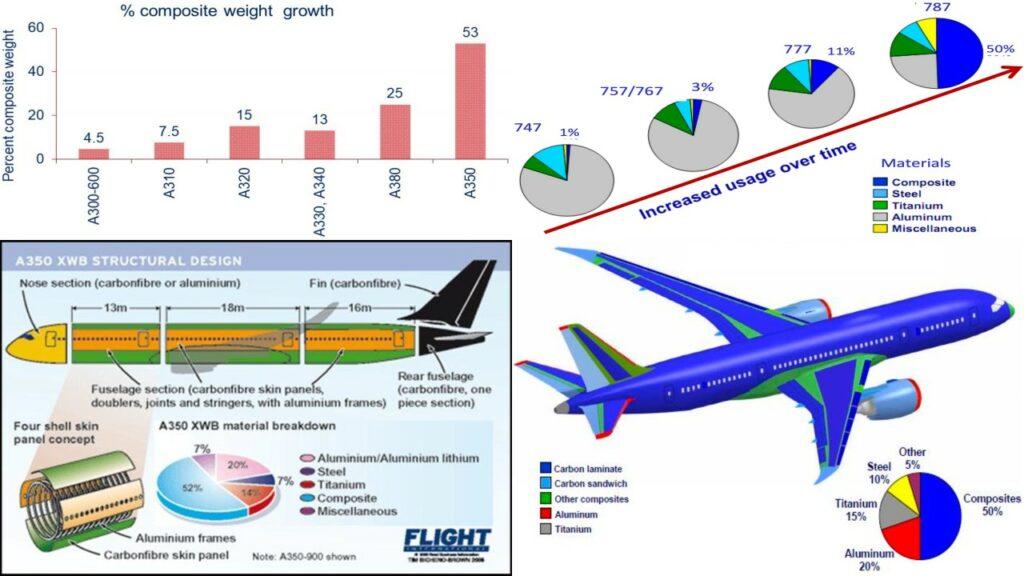In the high-stakes arena of aerospace labor negotiations, a thunderous “no” has echoed through Boeing’s hallways. Union members have decisively rejected the company’s latest contract offer, sending ripples of uncertainty across the manufacturing landscape. This rejection isn’t just a simple disagreement—it’s a pivotal moment that could reshape the future of one of America’s most iconic industrial giants, challenging long-standing assumptions about worker expectations and corporate bargaining strategies. In a decisive move that signals growing tension in the aerospace industry, workers represented by the International Association of Machinists and Aerospace Workers have overwhelmingly rejected Boeing’s latest contract proposal. The vote, conducted across multiple manufacturing facilities, reveals deepening dissatisfaction among skilled technicians and assembly workers.
The proposed agreement,which promised modest wage increases and benefits adjustments,failed to resonate with union members who are demanding more significant improvements in working conditions and compensation. Approximately 36,000 employees across Washington, Oregon, and Kansas participated in the ballot, with nearly 70% voting against the contract.
Union leadership emphasized that the rejection reflects broader concerns about job security, healthcare costs, and long-term employment stability in an increasingly volatile manufacturing landscape. Workers argue that Boeing’s offer does not adequately address the challenges faced by skilled laborers in a rapidly evolving technological habitat.
The rejection comes at a critical time for Boeing, which has been grappling with significant challenges including production delays, quality control issues, and financial pressures following the 737 MAX crisis.The company had hoped the contract would provide stability and demonstrate commitment to its workforce.
Economic analysts suggest the vote could have far-reaching implications for Boeing’s manufacturing operations. The potential for extended negotiations and possible work stoppages could further complicate the company’s ongoing efforts to recover market confidence and streamline production processes.
Negotiations are expected to continue, with union representatives preparing for renewed discussions that will likely involve more aggressive demands for wage increases, improved healthcare coverage, and enhanced retirement benefits. The workforce is signaling a strong desire for meaningful improvements that reflect their critical role in maintaining Boeing’s reputation for engineering excellence.
The aerospace giant now faces the complex task of rebuilding trust with its workforce while managing intricate production schedules and competitive pressures in the global aviation market. The contract rejection represents more than a simple labor dispute—it symbolizes a broader conversation about worker value and corporate duty in a rapidly changing industrial landscape.
Union members remain resolute, viewing the vote as a pivotal moment to reassert their importance in the manufacturing ecosystem. Their message is clear: incremental changes are no longer sufficient to address the complex challenges faced by skilled workers in the aerospace industry.
As negotiations progress, both Boeing and union representatives will need to demonstrate flexibility and a genuine commitment to finding a mutually beneficial resolution that recognizes the critical contributions of the workforce.










